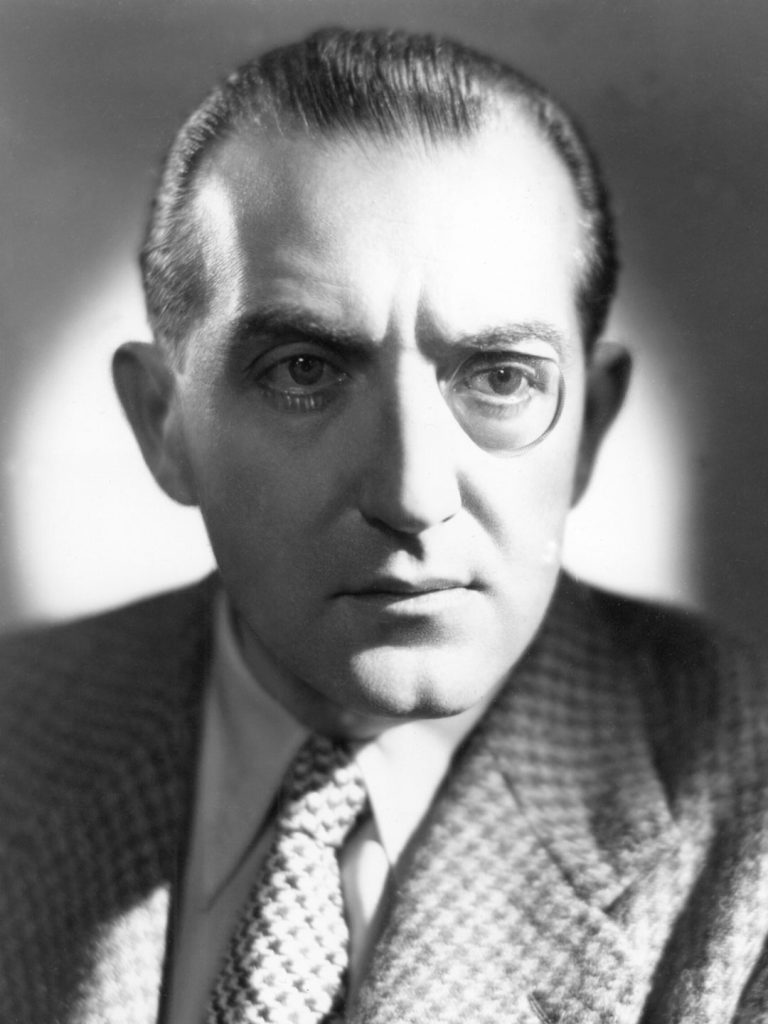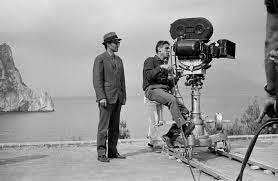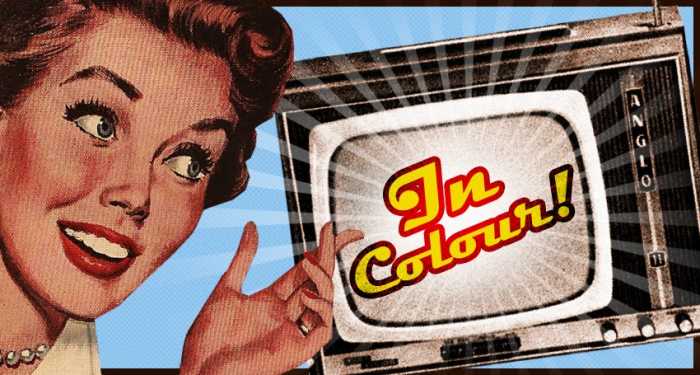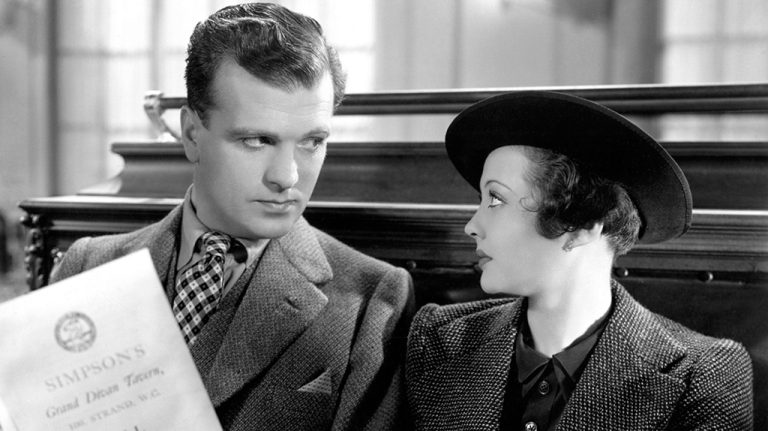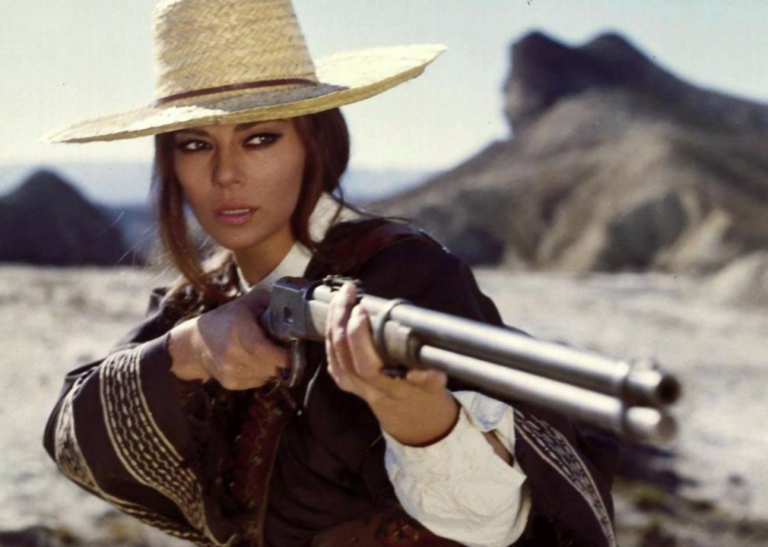Hidden Messages and Symbolism in Classic Films: Unveiling the Enigmatic Depths of Iconic Masterpieces

Today we go beneath the surface of some cinematic gems and explore hidden messages, symbolism, and subtext that add profound layers of meaning to the viewing experience. We will embark on a journey of discovery to unearth the enigmatic depths of iconic classics, revealing the concealed symbols and metaphors that enrich these timeless works of art.
- “Vertigo” (1958) – Alfred Hitchcock’s psychological thriller “Vertigo” is a treasure trove of symbolism and subtext. The spirals that recur throughout the film represent the protagonist’s psychological descent into obsession and madness. The film’s exploration of identity, manipulation, and the fleeting nature of reality continues to intrigue and fascinate audiences to this day.
- “The Shining” (1980) – Stanley Kubrick’s horror masterpiece “The Shining” is filled with hidden messages and eerie symbolism. From the labyrinthine layout of the Overlook Hotel, signifying the maze of the human mind, to the unsettling use of mirrors, reflecting the duality of the characters, the film’s subtext adds an unsettling layer of psychological terror.
- “Metropolis” (1927) – Fritz Lang’s visionary sci-fi epic “Metropolis” is renowned for its stunning visuals and futuristic themes. Beneath its futuristic veneer, the film addresses socio-political issues and explores the conflict between the ruling elite and the oppressed working class, offering a timeless commentary on society’s struggles.
- “Rosemary’s Baby” (1968) – Roman Polanski’s chilling horror film “Rosemary’s Baby” is a masterclass in subtle symbolism. The presence of the mysterious Tannis root necklace and the use of eerie dream sequences symbolize the ominous forces surrounding the protagonist, adding an unnerving sense of foreboding to the narrative.
- “2001: A Space Odyssey” (1968) – Stanley Kubrick’s enigmatic sci-fi odyssey is filled with symbolic imagery that invites contemplation and interpretation. The monolithic black slab, known as the Monolith, becomes a representation of unknown extraterrestrial intelligence and human evolution, inviting audiences to ponder the mysteries of the universe.
- “The Wizard of Oz” (1939) – Beyond its colorful fantasy world, “The Wizard of Oz” is rife with symbolism. The Yellow Brick Road symbolizes the journey of self-discovery, while the characters Dorothy meets along the way represent different aspects of her personality and quest for self-empowerment.
- “Citizen Kane” (1941) – Orson Welles’ groundbreaking masterpiece “Citizen Kane” is a treasure trove of cinematic techniques and symbolic motifs. The iconic image of Rosebud, the protagonist’s childhood sled, serves as a poignant metaphor for the lost innocence and unattainable happiness of Charles Foster Kane.
- “Blade Runner” (1982) – Ridley Scott’s dystopian sci-fi noir “Blade Runner” delves into questions of humanity, identity, and the consequences of playing God. The iconic unicorn dream sequence symbolizes the ambiguity of the protagonist’s reality and his search for meaning in a world of artificiality.
Next time you revisit a classic film, keep an eye out for the concealed symbols and metaphors that enrich the cinematic experience and make these treasures enduring sources of fascination and wonder.

